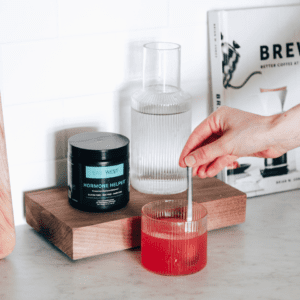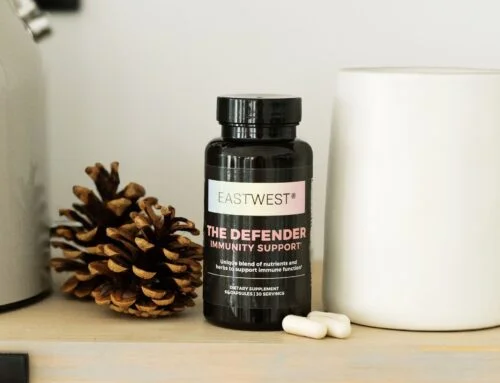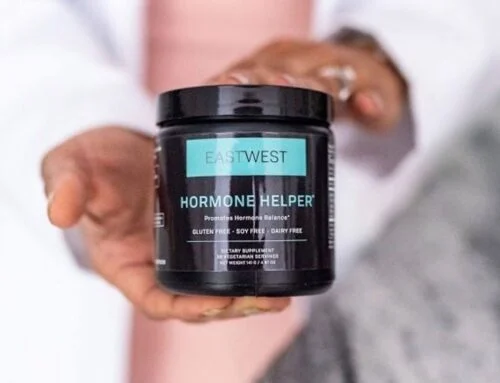March is Endometriosis Awareness Month worldwide – sharing much-needed insights and information on this debilitating and increasingly common condition. Many women with endometriosis still suffer in silence – and misdiagnoses and misinformation are still an issue despite increased awareness of the condition. With 1 in 9 women affected in the US alone, it is estimated that millions more struggle without medical intervention or support.
What is endometriosis?
Endometriosis is a condition which affects women of any age – including teenagers. It causes tissue similar to the tissue within the womb to grow in other places, such as the fallopian tubes and ovaries. Endometriosis is a long-term condition, and although there is currently no cure there are a number of effective treatments available to women to help them to deal with some of the most painful and life-altering symptoms.
Living with endometriosis can be difficult both physically and emotionally. Many symptoms are debilitating, and women often live with them for a long time before they are able to access treatment. On average it takes 8 years to receive a diagnosis, with further time before treatment begins.
Signs and symptoms of endometriosis
Like many other reproductive conditions, the impact of endometriosis symptoms can vary from person to person. Some women are badly affected, whilst others don’t have many noticeable symptoms at all. Key signs and common symptoms of endometriosis include:
*Pain, often in the lower abdomen or back. Pain usually worsens before and during your period
*Severe period pain that prevents you from continuing normal daily activities
*Unusually heavy periods which cause you to bleed through clothes or use lots of pads or tampons *Pain when going to the toilet *Pain during or after sex
*Nausea
*Digestive issues such as constipation or diarrhea
*Difficulty getting pregnant
These symptoms can be linked to other conditions – making endometriosis difficult to diagnose without further tests and investigation.
 What treatment options are available for endometriosis?
What treatment options are available for endometriosis?
Currently there are a number of conventional treatments available to women with endometriosis. These include:
*Painkillers
*Hormone therapies and contraceptives including the IUD, contraceptive patch and implant
*Surgical procedures to cut away patches of endometriosis tissue, or to remove part of or all of the organs affected by the condition. These may include the womb, colon or appendix
These treatments focus on masking or treating symptoms of endometriosis or involve invasive surgery – and long-term painkiller use and hormonal therapies can have some challenging side effects. These options can feel drastic and understandably aren’t suitable for everyone, which is why so many are turning to holistic methods to help manage their condition.
Holistic support for endometriosis
Integrative medicine combines the best of different approaches – including allopathic (conventional) medicine and traditional or complementary therapies. Through taking a holistic approach to treating the symptoms of endometriosis, women can find gentler support which doesn’t impact further on their quality of life. Studies and research are being conducted all the time to assess how effective some alternative therapies are – but there are a number which show promising results which could have a significantly positive impact when it comes to the management and prognosis of endometriosis.
Treating inflammation: Inflammation plays a role in the development and severity of endometriosis – so treating it naturally can help to alleviate pain and support management of the condition. Natural anti-inflammatories include turmeric, ginger and omega-3 fatty acids. You may also want to eliminate anything that can cause or worsen inflammation, such as inflammatory foods (dairy, red meat, fried food) and toxins found in beauty products and cosmetics.
Herbal and supplementary support: A number of herbal remedies have shown promising results when it comes to minimizing the pain and discomfort of endometriosis. These include bromelain, probiotics, magnesium, resveratrol and chamomile. As always it’s important to seek professional medical advice before starting to take any new herbal medications, and you should never stop taking prescribed drugs without consulting your physician first.
Acupuncture: Acupuncture is now more widely recognized as a highly effective complementary therapy, offering a variety of benefits for endometriosis including pain relief and lower levels of inflammation. More research is needed to confirm the results – but many women report lower levels of pain and improved overall wellbeing with regular treatments.
 Healthier diet: The quality of the foods we eat can have a significant impact on our health – especially when living with conditions such as endometriosis. Certain foods such as dairy and refined or processed foods can exacerbate inflammation, whilst lack of vital nutrients can affect pain levels, energy and more. Focus on a wholefoods diet rich in lean, natural proteins from fatty fish, tofu, nuts and eggs, accompanied by generous helpings of leafy green vegetables and low-sugar fruits. Find more on nutrition for hormone balance here:
Healthier diet: The quality of the foods we eat can have a significant impact on our health – especially when living with conditions such as endometriosis. Certain foods such as dairy and refined or processed foods can exacerbate inflammation, whilst lack of vital nutrients can affect pain levels, energy and more. Focus on a wholefoods diet rich in lean, natural proteins from fatty fish, tofu, nuts and eggs, accompanied by generous helpings of leafy green vegetables and low-sugar fruits. Find more on nutrition for hormone balance here:
Support better hormone balance with our scientifically formulated blends
Our Hormone Helper blend has been designed to offer gentle, holistic support for hormone imbalance. Developed for busy, on the go lifestyles, Hormone Helper has been formulated with maca root, myoinositol, choline and saw palmetto extract to help maintain a healthy hormone balance. Shop now.






